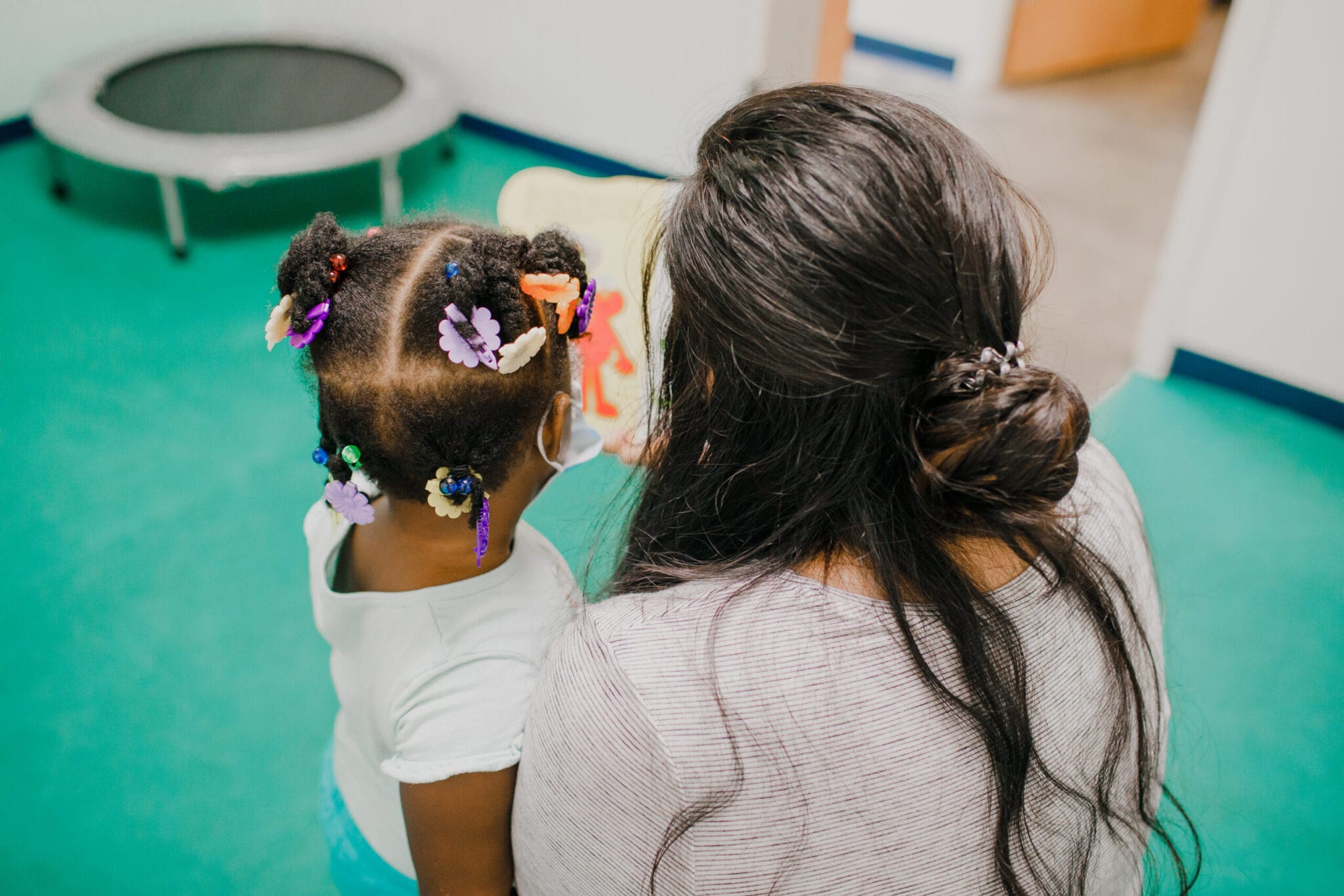In addition to the disabilities and reasons listed for children, adult may also benefit from use of an SGD if they are diagnosed with aphasia after a stroke or traumatic brain injury, primary progressive aphasia, ALS, ataxia, or other degenerative diseases.
At Emerge, we’ve seen many of our clients learn the power of communication and get excited being able to communicate clearly. Getting a SGD can be a confusing process, filled with lots of professional jargon and acronyms. But our staff is here to help support support you through the process – starting below with an explanation of commonly used terms. If you need more guidance our therapists are here to help!

Glossary:
- Augmentative and Alternative Communication (AAC): ACC includes all forms of communication without talking including gestures, sign language, facial expressions, writing, communication boards and speech generating devices. All forms of AAC can be customized to the individual communicator.
- Core Vocabulary: Research has been done by speech therapists and linguists to determine a limited set of highly useful words. This is referred to as core vocabulary. If you or your child is using a low-tech communication system or a SGD, the therapist will mostly likely teach core vocabulary first. These words can be used in many different contexts. Core vocabulary usually includes pronouns, verbs, descriptors, and prepositions. Common core words that are taught first include “more”, “want”, “go”, and “help”.
- Fringe Vocabulary: Fringe vocabulary are words that are not considered to be part of the core vocabulary and tend to be nouns. These may be specific names of foods, toys, clothes, etc.
- Communication Board: These boards are mostly, if not completely, comprised of core words as these boards are usually limited to one page.
- Picture Exchange Communication System (PECS): PECS is a form of AAC in which the communicator learns to use core and fringe vocabulary through a 6-phase teaching protocol based on applied behavioral analysis (ABA). The words, which are usually stored in a binder, have velcro on them so they can be removed and organized to create a sentence.
- Pragmatic Organization Dynamic Display (PODD): PODD is another form of AAC in which the communicator often needs a communication partner to help them flip between the pages of the book, which includes both core and fringe vocabulary.
- Speech Generating Device (SGD): A SGD is a specific form of AAC that uses an electronic device to communicate and produce speech via a computerized voice. SGDs offer a robust vocabulary, which is significantly more expansive than most low-tech AAC methods. There are many different access methods for those with physical impairments including fine motor delays.These devices are generally built sturdier than the common tablet and have warranties that cover any damages to the device. A speech therapist can help you get the cost of the SGD covered by your insurance company.
